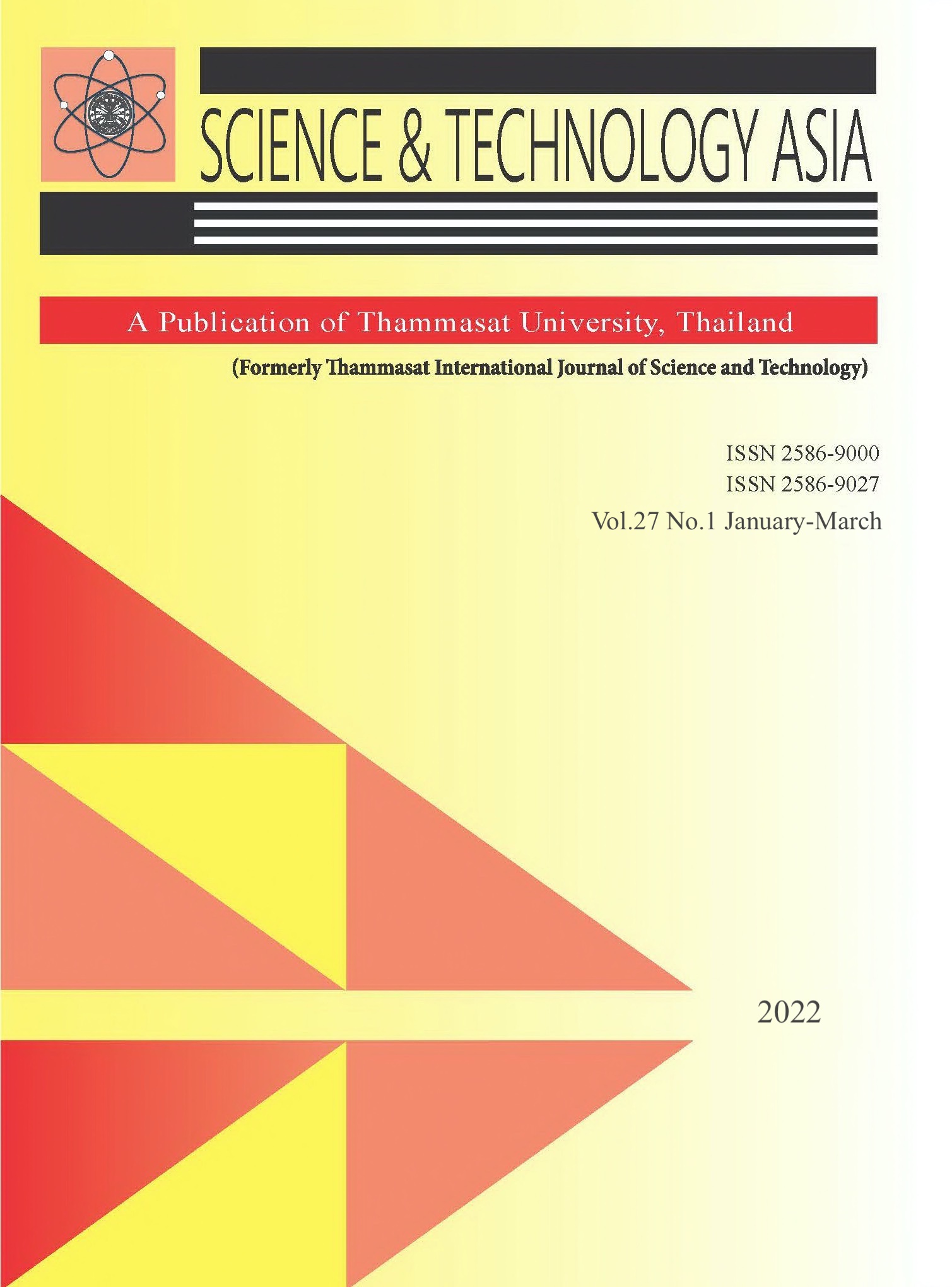Analysis of Highway Network Performance on Truck Route Development for Eastern Thailand
Main Article Content
บทคัดย่อ
Traffic congestion occurs when the amount on the demand side (the number of vehicles on the roadway) is greater than the capability of highway networks to cope the traffic on the supply side. Solutions for traffic congestion can be implemented by adding capacity and/or managing traffic demand. Examples of improving the supply side are highway expansion or highway extension, while an example of demand management is truck route development for an area with high freight transportation use. This research has the objective of analyzing highway network performance when demand management, which is truck route development, was implemented for a network in Eastern Thailand. The method used for the analysis is solving the traffic assignment and the network capacity to compare volume to capacity (v/c) ratios and quantify capacity flexibility. Three truck routes were investigated: Case 1, a truck route for highway No. 331; Case 2, a truck route for the motorway; and Case 3, a truck route for both the motorway and highway No. 331. Performance comparisons among the three cases were based on volume to capacity (v/c) ratios for truck lanes and regular lanes. In addition, capacity flexibility was compared for the cases to determine if the networks could handle traffic demand. In all three cases, the v/c ratios for most truck lanes were a little higher, while the v/c ratios for the regular lanes were lower. Cases 2 and 3 had higher values for capacity flexibility. Case 3, with the highest total truck route distance, was recommended for accommodating demand uncertainty and promoting safety.
Article Details

อนุญาตภายใต้เงื่อนไข Creative Commons Attribution-NonCommercial-NoDerivatives 4.0 International License.


